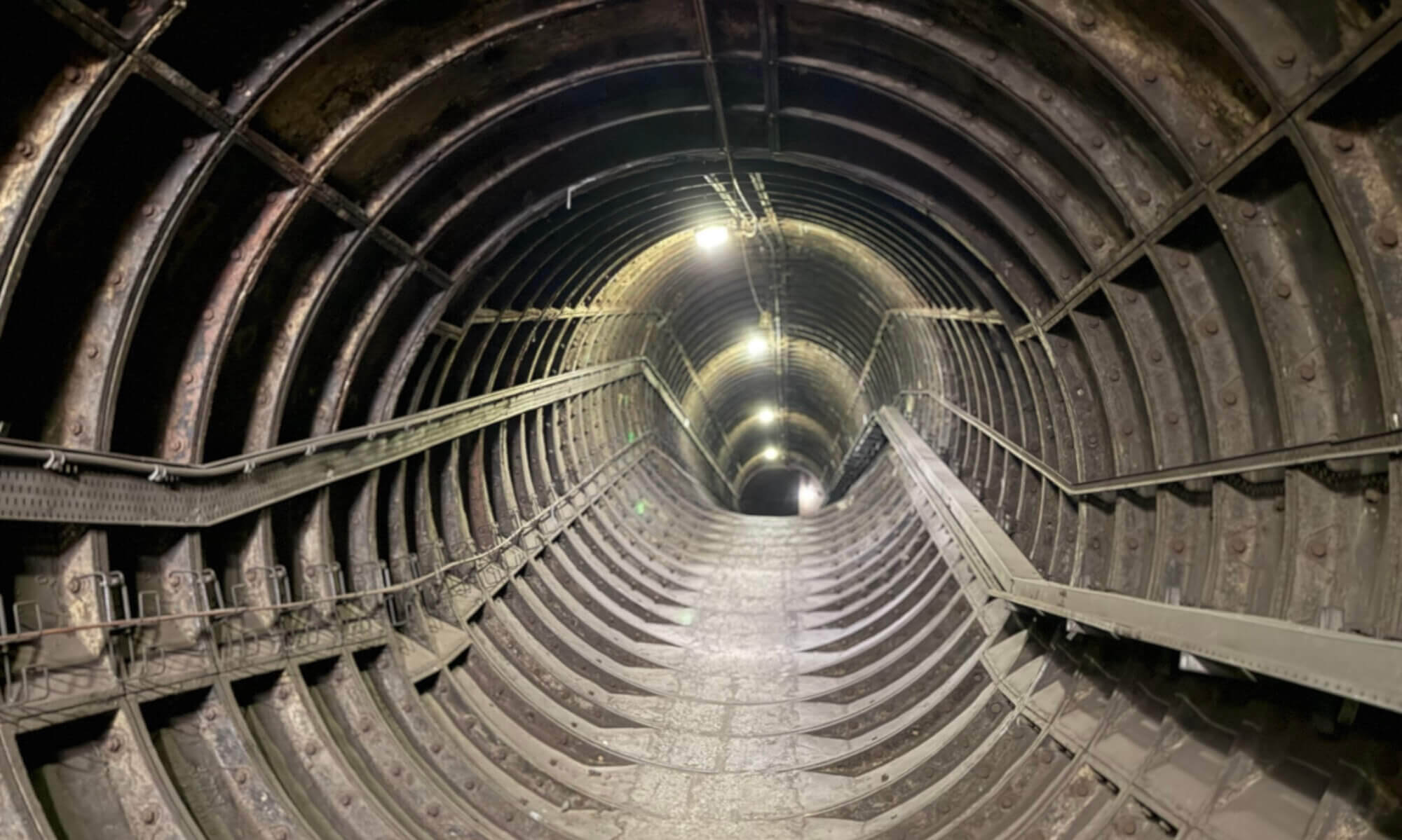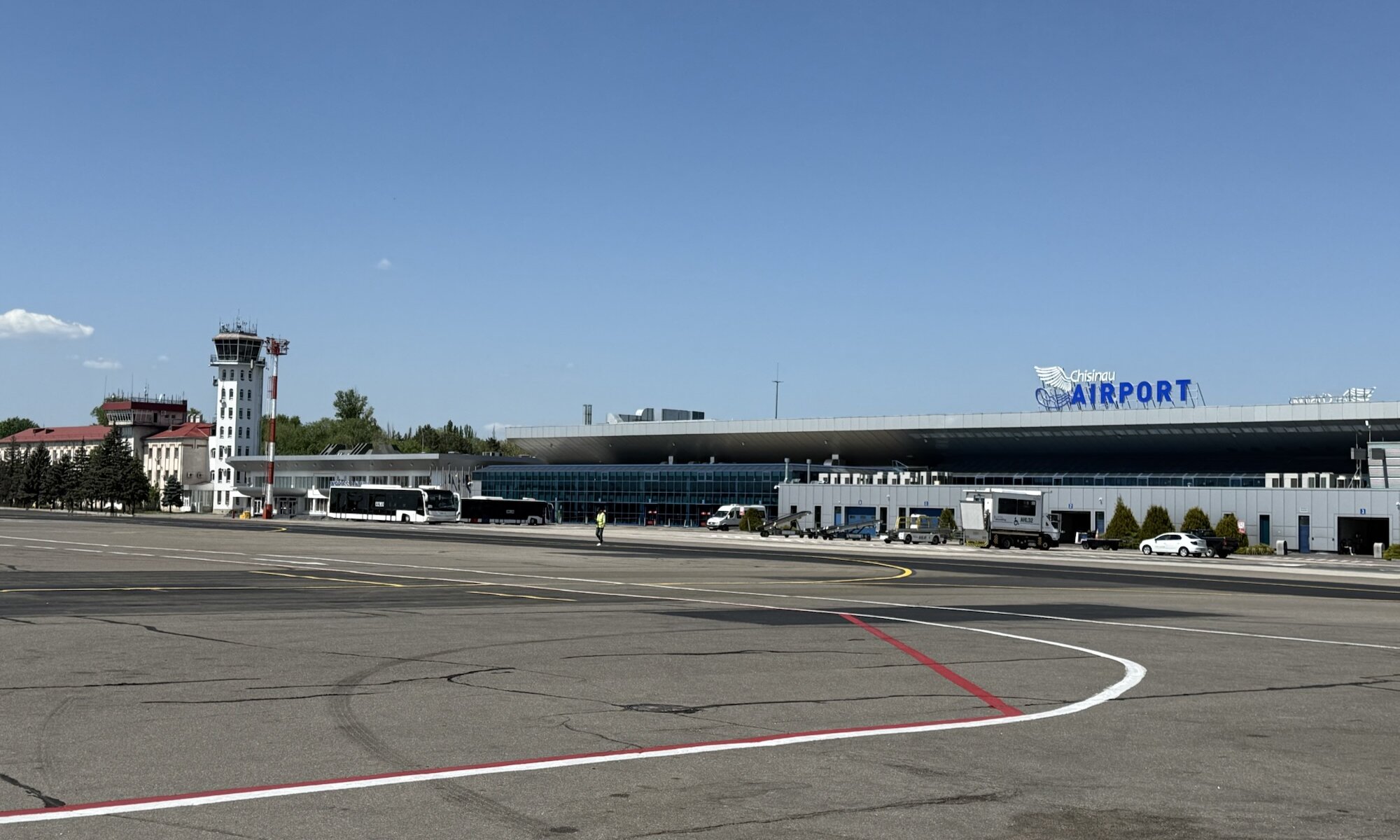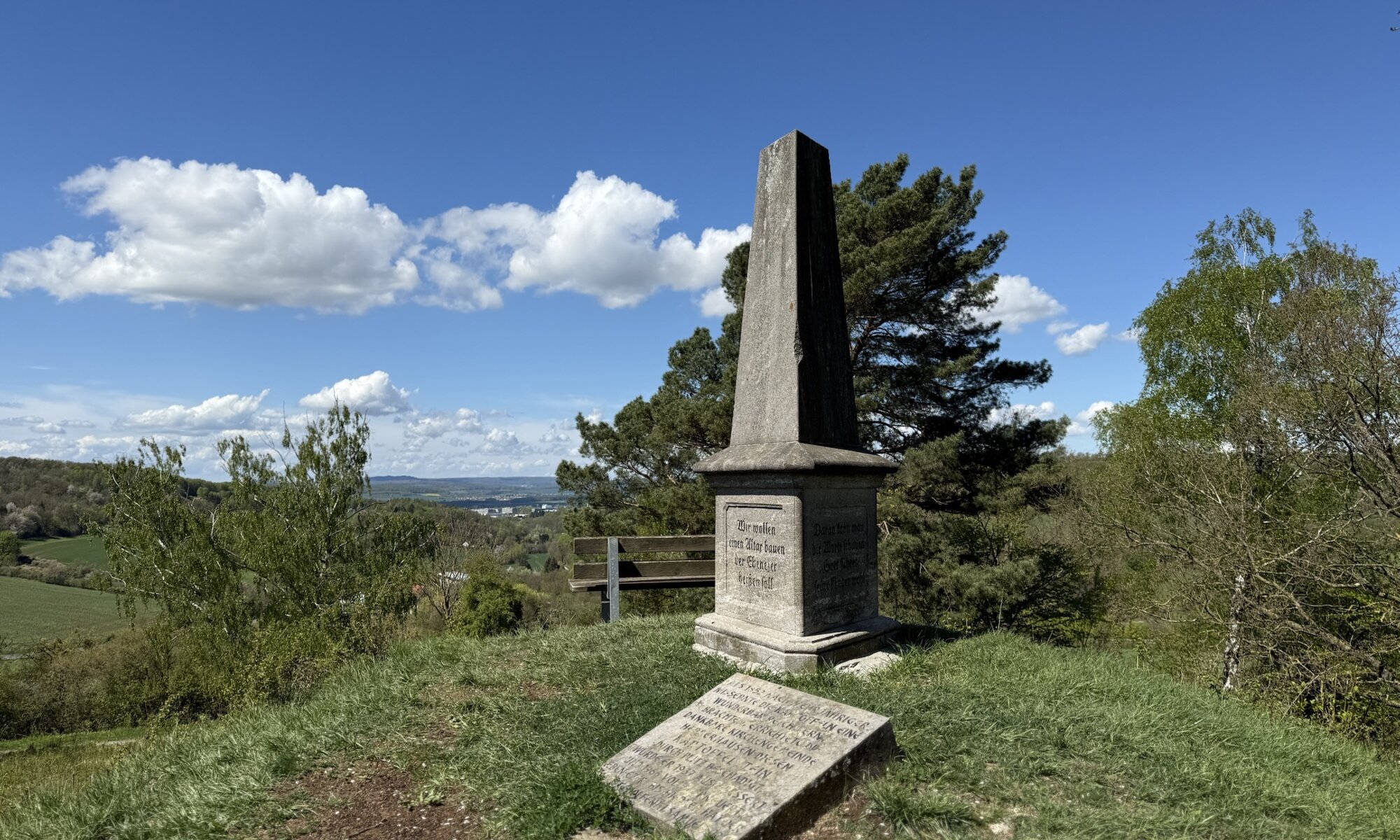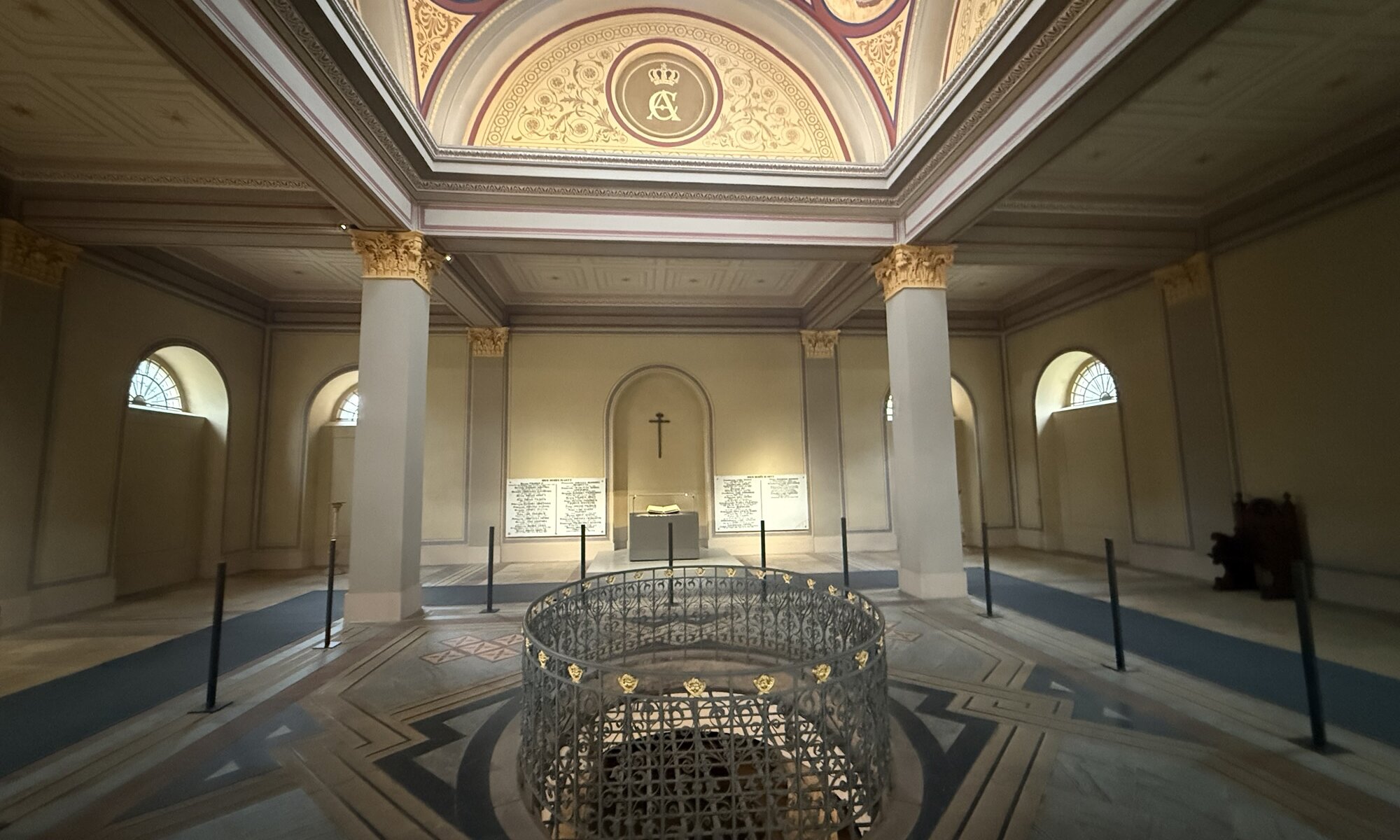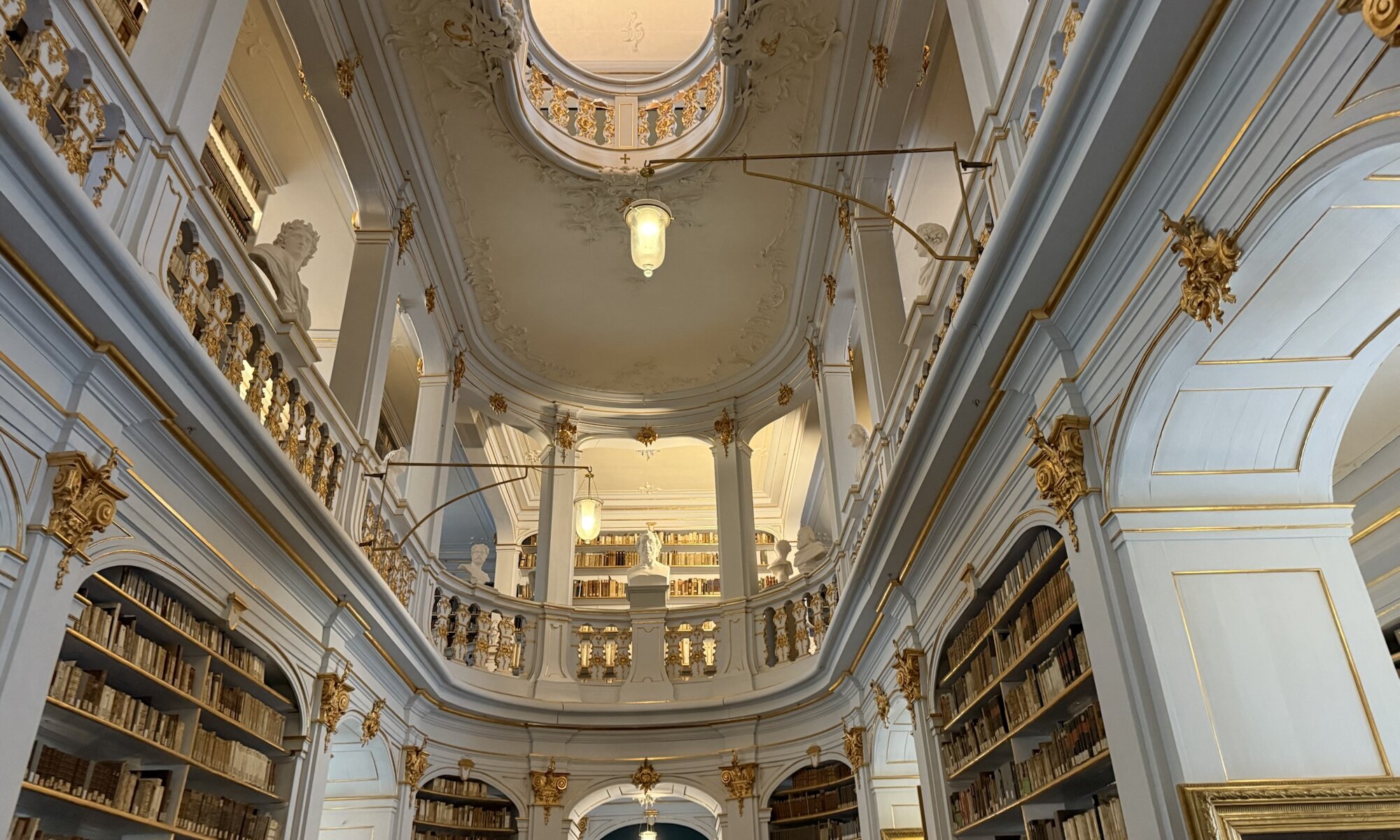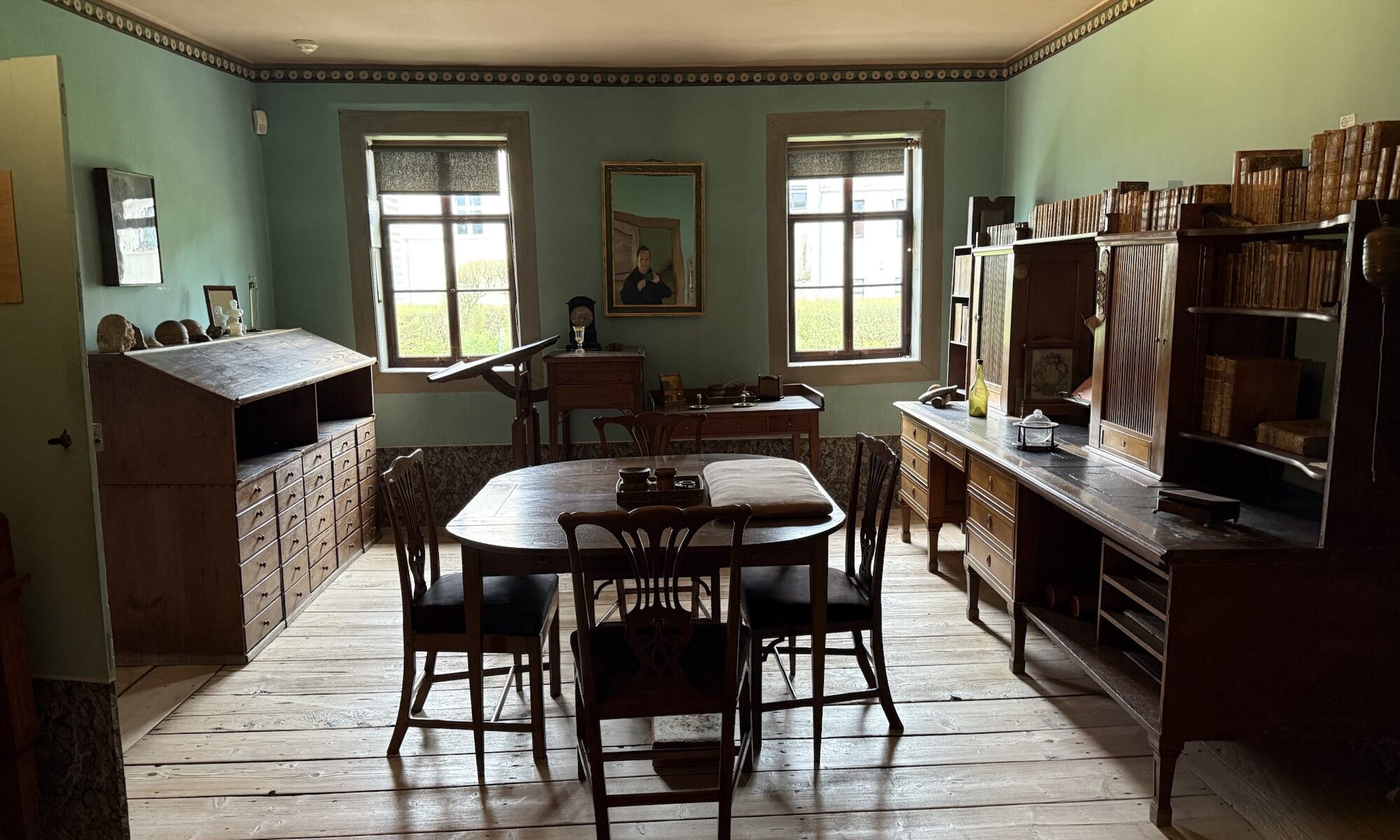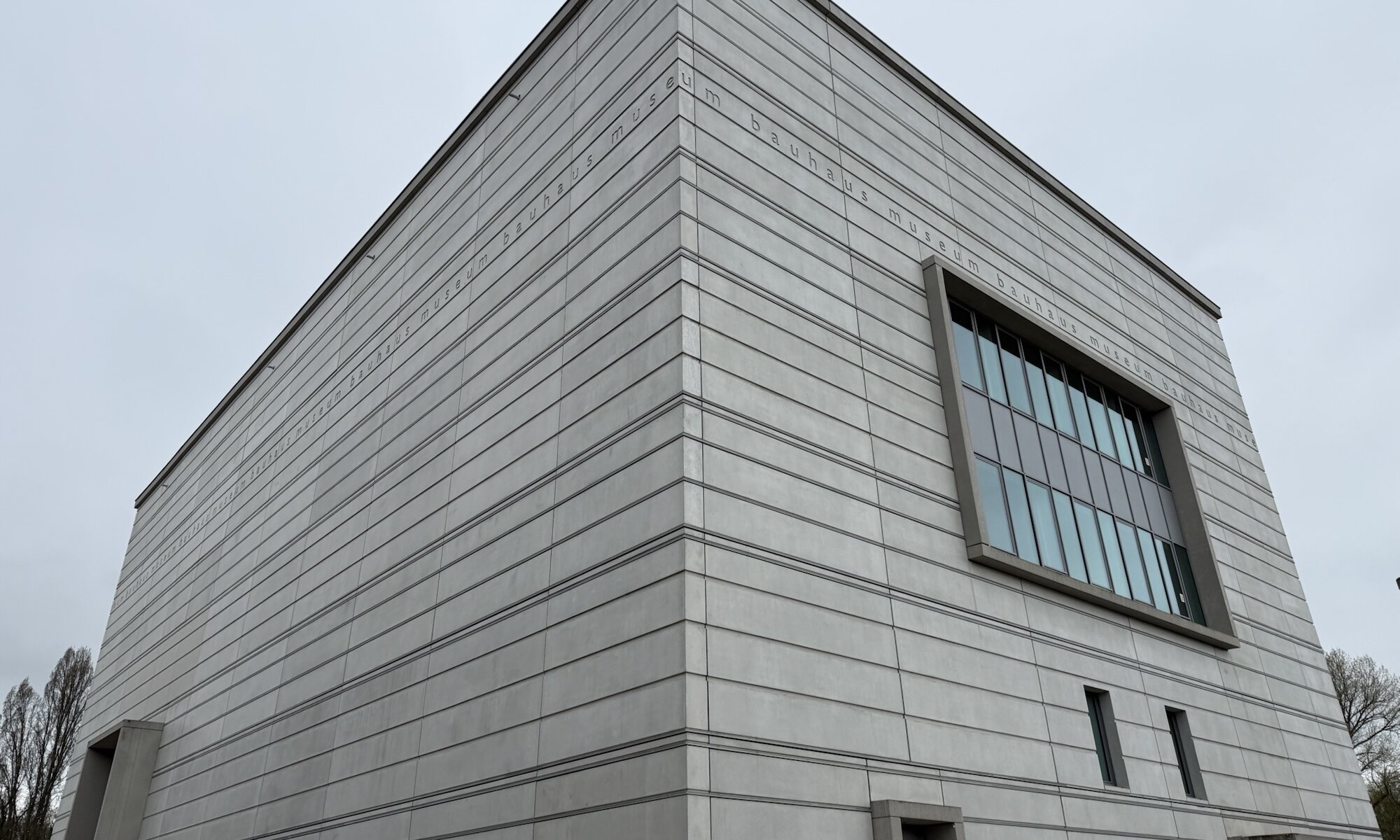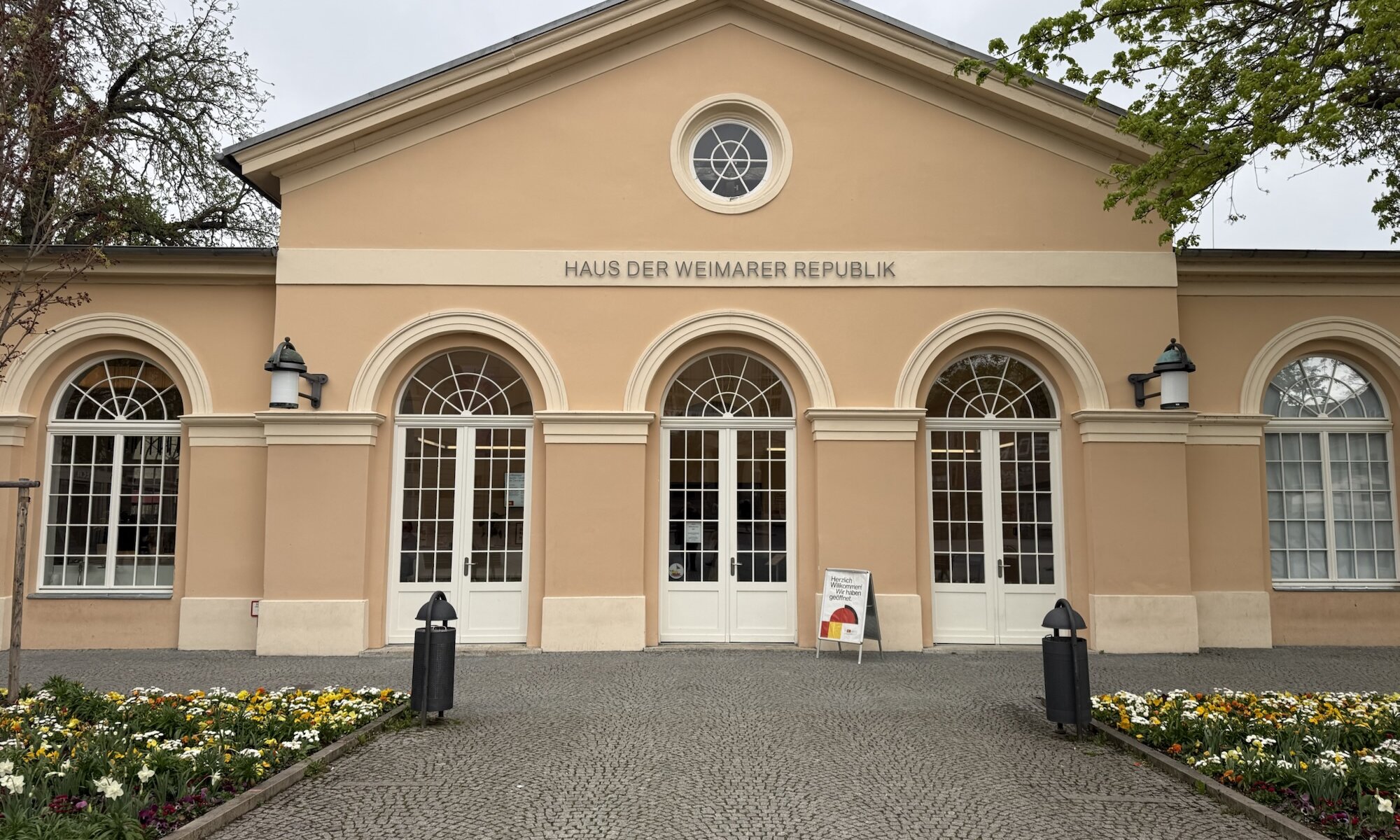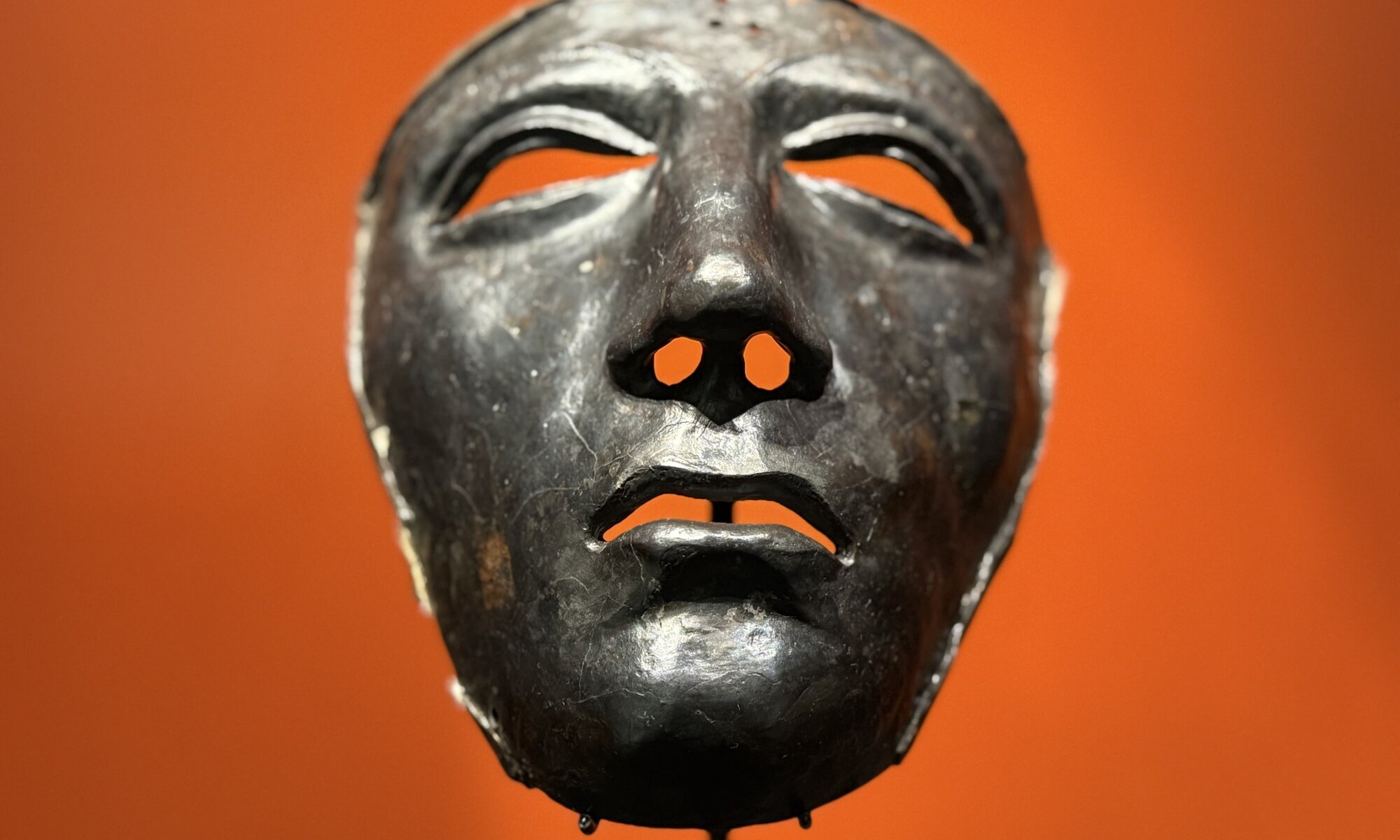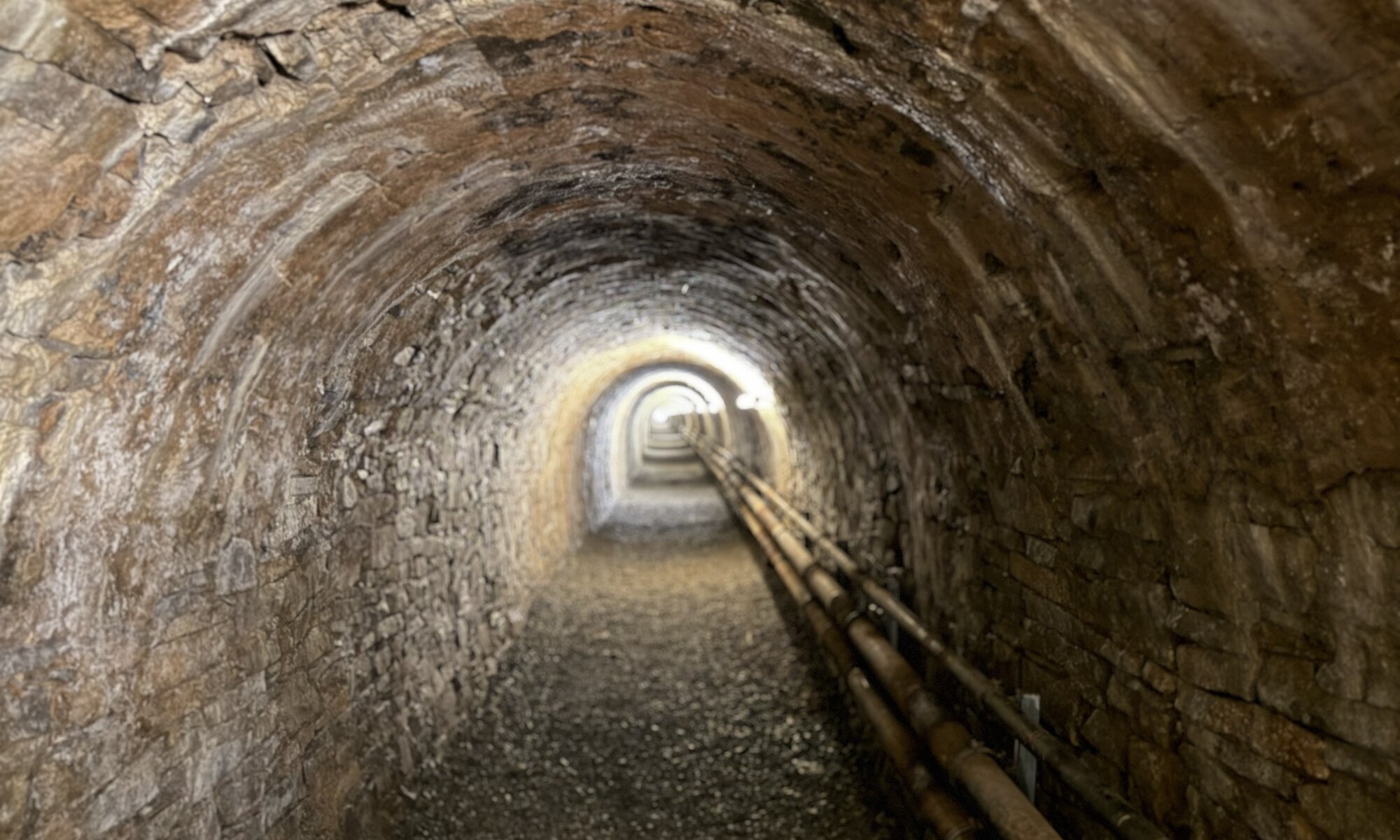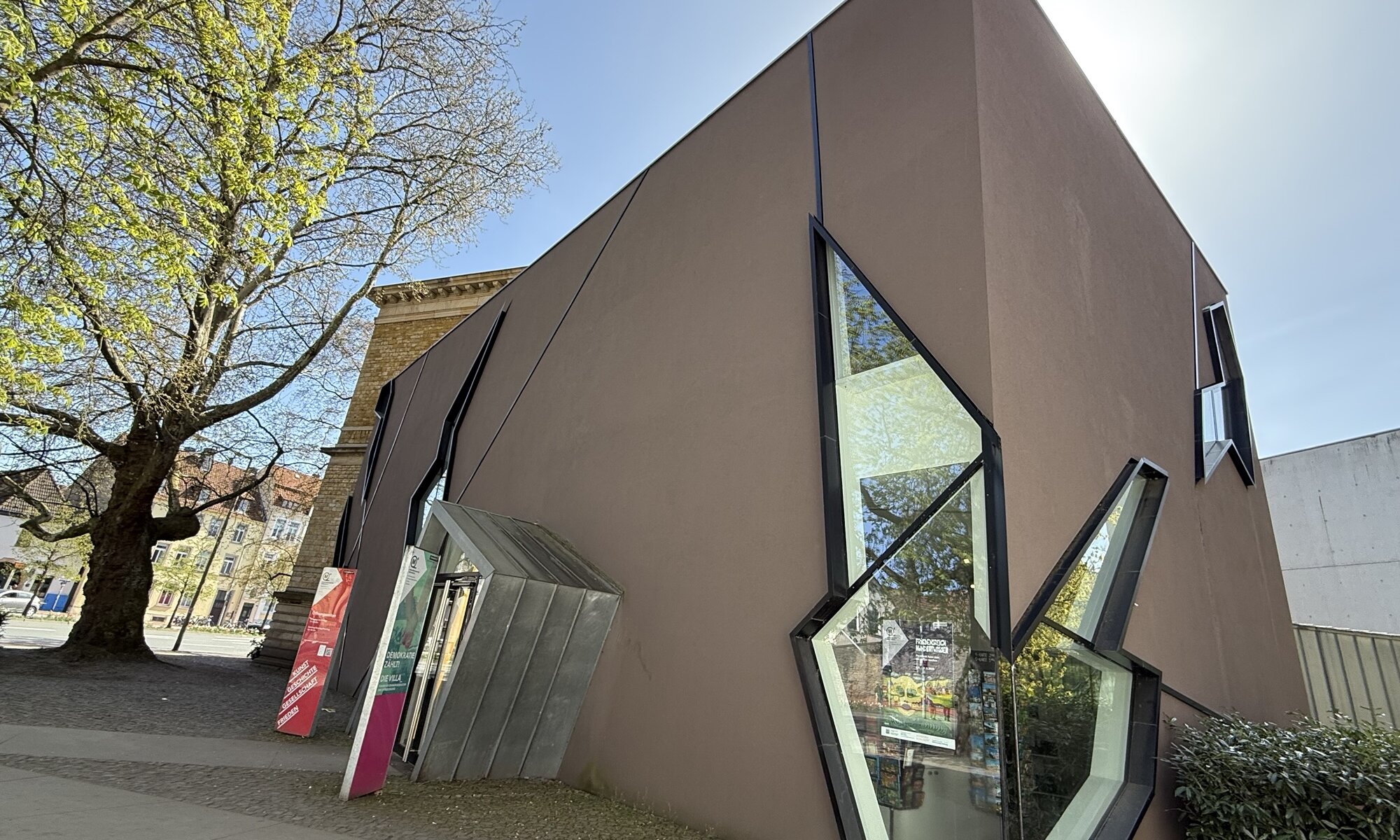Chișinău International Airport, known in Romanian as Aeroportul Internațional Chișinău, is the main gateway for air travel in Moldova. Located approximately 14 kilometers southeast of the capital city, Chișinău, the airport serves as the country’s largest and only airport with regular passenger flights. Opened in 1960, it has played a central role in connecting Moldova to various international destinations and was the headquarters for the national airline, Air Moldova.
Continue reading “Aeroportul Internațional Chișinău”Kartoffelstein
The Kartoffelstein near Herberhausen is a commemorative stone that was erected in 1852 by the Herberhausen parish. The occasion was the end of a severe famine caused by several successive potato crop failures, especially in 1846. After a finally successful potato harvest, the community set up this stone as a sign of gratitude. The original stone, an old gravestone from the Roringen cemetery, was damaged several times by lightning and was reworked in 1937 and replaced in 1966 by a weatherproof version made of shell limestone.
Continue reading “Kartoffelstein”Fürstengruft
The Fürstengruft in Weimar is a neoclassical mausoleum located on the historic cemetery of the city, built between 1823 and 1828 as the burial place for the ducal family of Sachsen-Weimar-Eisenach. The structure features a doric columned entrance, a chapel with a star-adorned dome, and an underground crypt. Its sober architecture was intended to reflect dignity and simplicity, with an oval opening in the floor through which coffins could be lowered into the vault below.
Continue reading “Fürstengruft”Rokokosaal
The Herzogin-Anna-Amalia-Bibliothek in Weimar is one of Germany’s most renowned libraries, celebrated for its rich collections and its role as a center for European literary and cultural history. Established in 1691, the library houses over a million works, with holdings ranging from medieval manuscripts to modern texts. Its historic building, part of the UNESCO World Heritage ensemble ‘Classical Weimar‘, stands as a testament to centuries of cultural preservation and intellectual life.
Continue reading “Rokokosaal”Goethe-Nationalmuseum
The Goethe-Nationalmuseum in Weimar is the most significant museum dedicated to the life and achievements of Johann Wolfgang von Goethe. Located at Frauenplan, the museum centers around Goethe’s original baroque residence, where he lived for nearly fifty years. The house, carefully restored to reflect its state during Goethe’s final years, is complemented by a garden and two early 20th-century museum extensions that provide additional exhibition space.
Continue reading “Goethe-Nationalmuseum”Bauhaus
The Bauhaus-Museum is a striking, minimalist building located in the heart of Weimar, Germany. Its clear geometric form and spacious forecourt invite visitors to explore the roots of one of the most influential art and design movements of the 20th century. Inside, the museum houses the world’s oldest Bauhaus collection, with over 13,000 objects and documents, including iconic pieces like the Wagenfeld lamp, Marcel Breuer’s slatted chair, and Marianne Brandt’s teapot. The exhibitions are thoughtfully arranged across several floors, guiding visitors through the early years of the Bauhaus and its radical experiments in art, design, and daily life.
Continue reading “Bauhaus”Weimarer Republik
The Haus der Weimarer Republik in Weimar is a museum dedicated to the history and legacy of Germany’s first democracy, the Weimar Republic. Located directly on Theaterplatz, it stands opposite the Deutsches Nationaltheater, the very place where the national assembly met in 1919 to draft and adopt the new democratic constitution. Visitors to the museum can explore interactive exhibits, original documents, photographs, and multimedia installations that vividly illustrate the turbulent years of the Weimar Republic, from its hopeful beginnings to its tragic end.
Continue reading “Weimarer Republik”Varusschlacht
The Varusschlacht, or Battle of the Teutoburg Forest, was a pivotal event in the Roman campaigns into Germania. From 12 BC to AD 16, the Romans attempted to conquer and integrate the lands between the Rhein and Elbe rivers into their empire, envisioning Germania as a new province. However, in 9 AD, three Roman legions under Publius Quinctilius Varus were ambushed and annihilated by Germanic warriors led by Arminius, a Cheruscan prince. This catastrophic defeat marked the end of Roma’s expansion into Germania and led Emperor Augustus to abandon plans for further conquest beyond the Rhein.
Continue reading “Varusschlacht”Haseschacht
The Museum Industriekultur in Osnabrück is a unique institution dedicated to showcasing the industrial history of the region, with a particular focus on mining. Situated at the Piesberg, it occupies the site of a former coal mine and quarry, offering visitors an immersive experience into the interplay between industry, nature, and society. The museum explores themes such as early factories, steam power, and the transition of Osnabrück from an agricultural town to an industrial hub. Its exhibitions include functioning steam engines, fossil collections, and insights into coal formation.
Continue reading “Haseschacht”Neue Sachlichkeit
The Felix-Nussbaum-Haus in Osnabrück is a museum dedicated to the works of Felix Nussbaum, a Jewish painter who was murdered at Auschwitz during the Holocaust. Designed by renowned architect Daniel Libeskind, the building reflects Nussbaum’s life and art through its unconventional and striking design. Completed as Libeskinds first realized building in 1998, the museum features intersecting structures that evoke a sense of disorientation and confinement, mirroring the artist’s experiences during his persecution. Visitors can explore narrow corridors, abrupt intersections, and void spaces that challenge perception and create a unique emotional journey. The museum connects to the adjacent Kulturgeschichtliches Museum at various points, enhancing its integration within Osnabrück’s cultural landscape.
Continue reading “Neue Sachlichkeit”